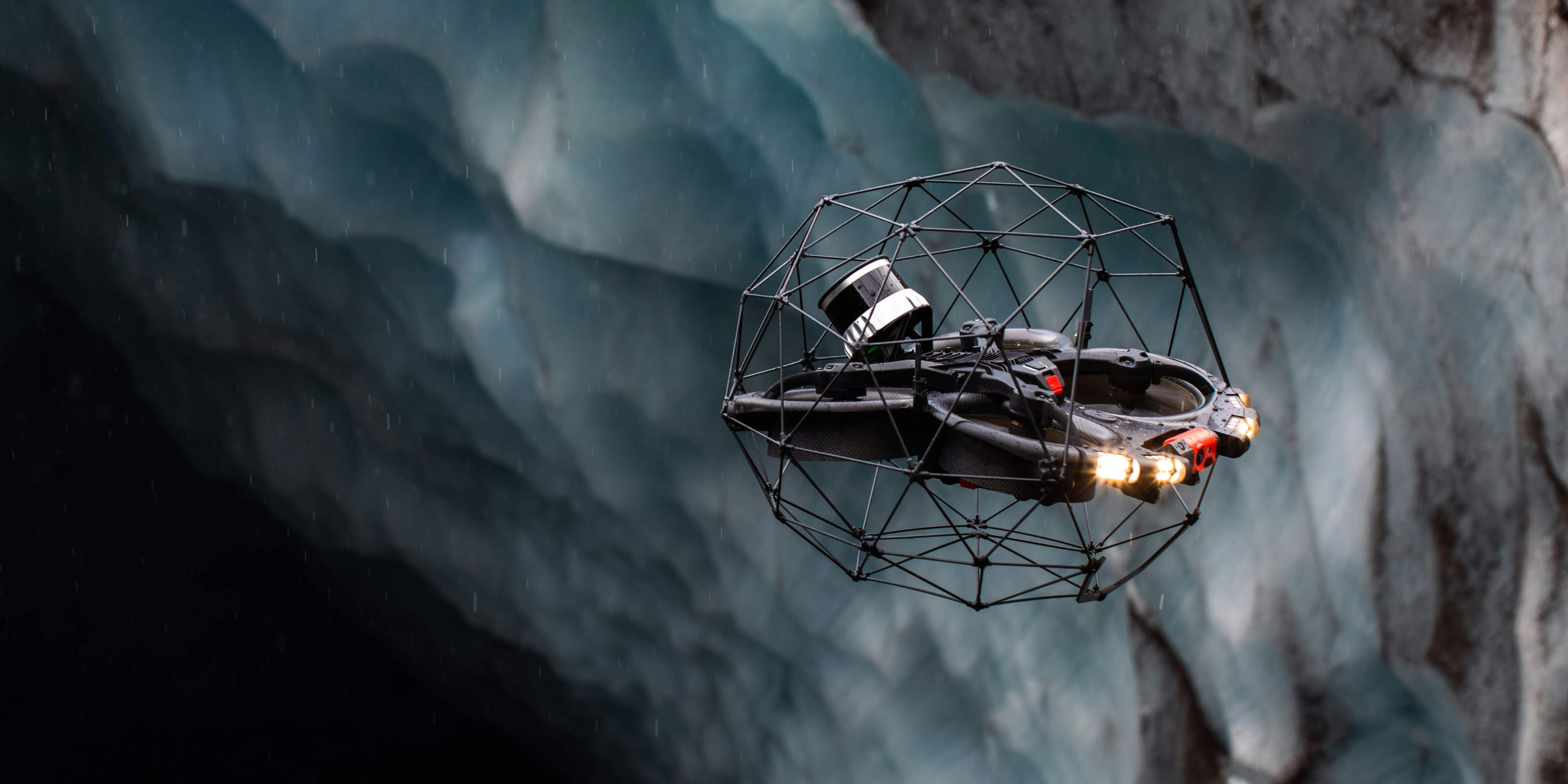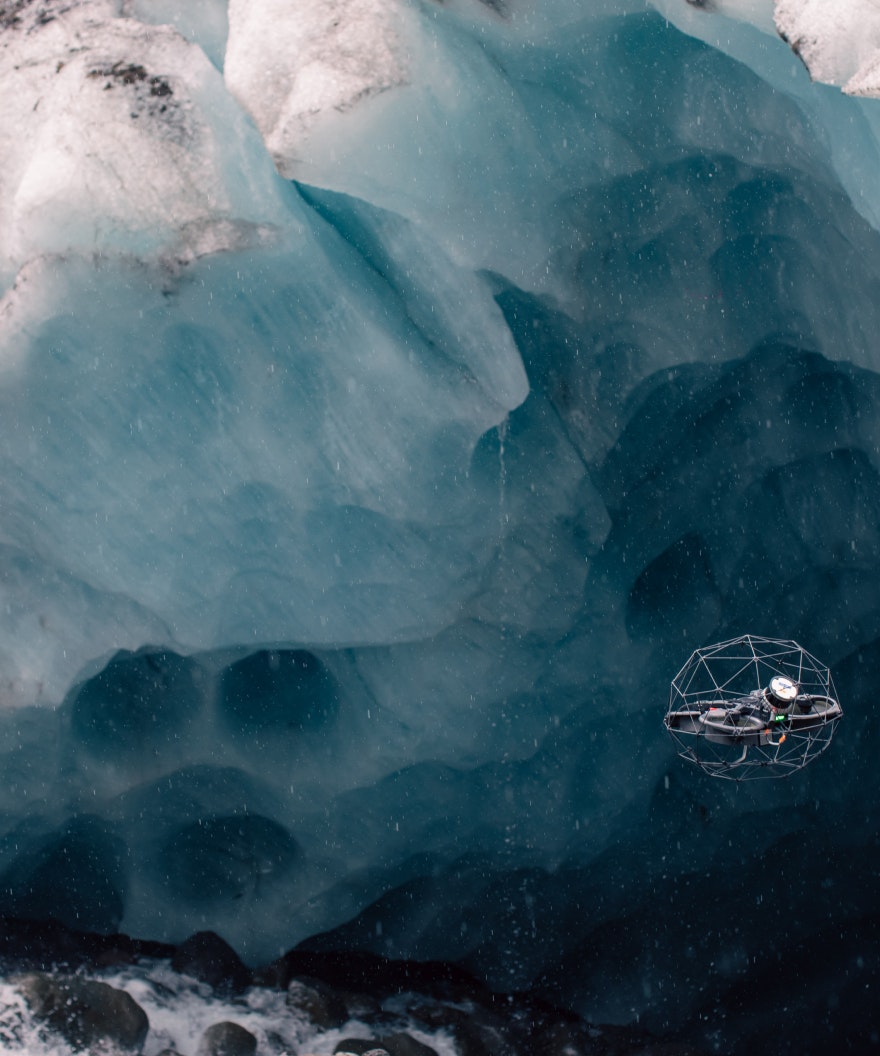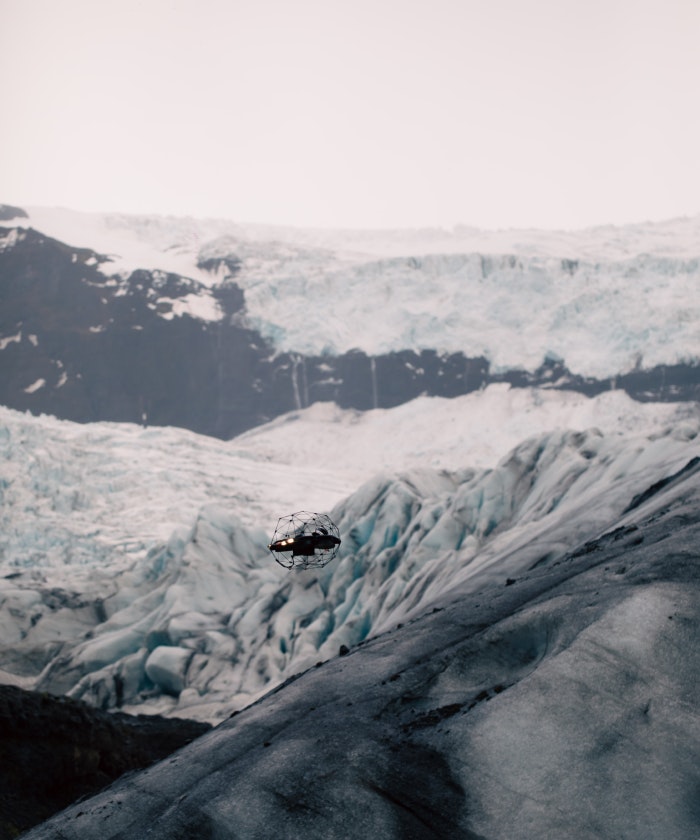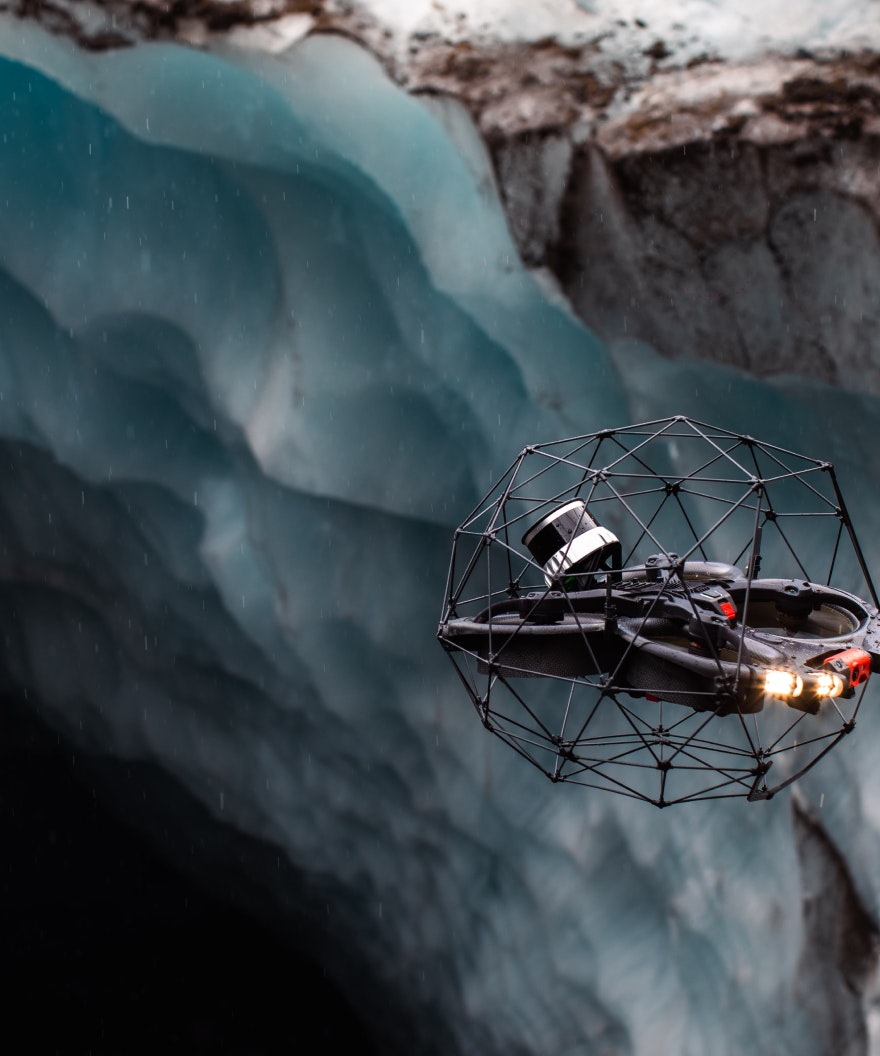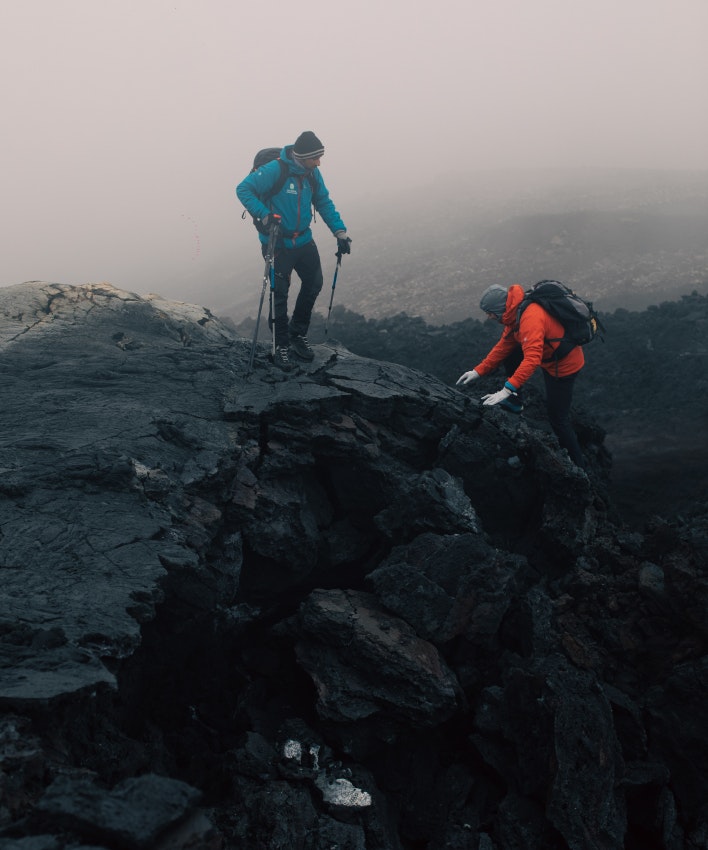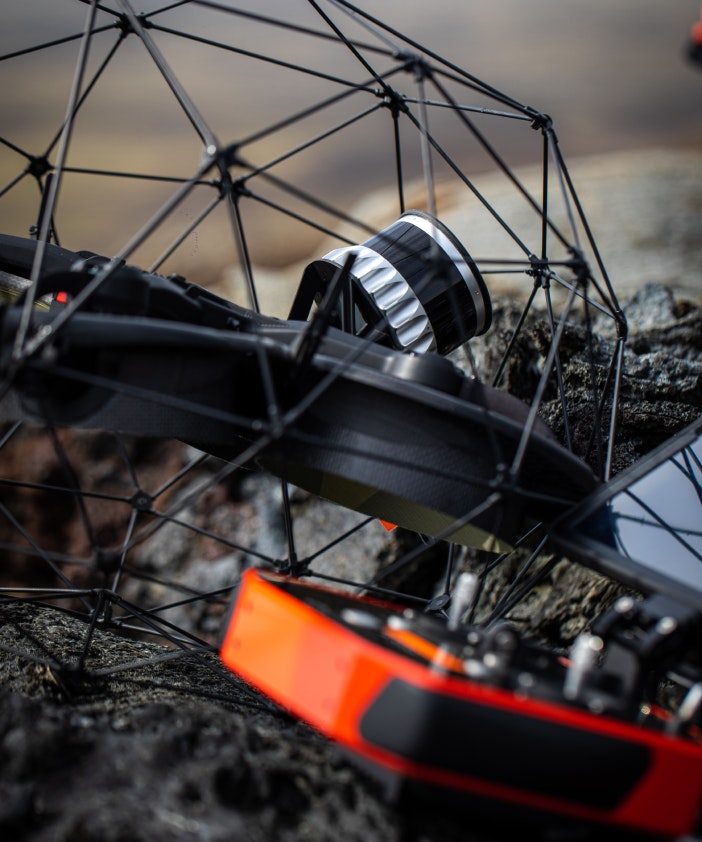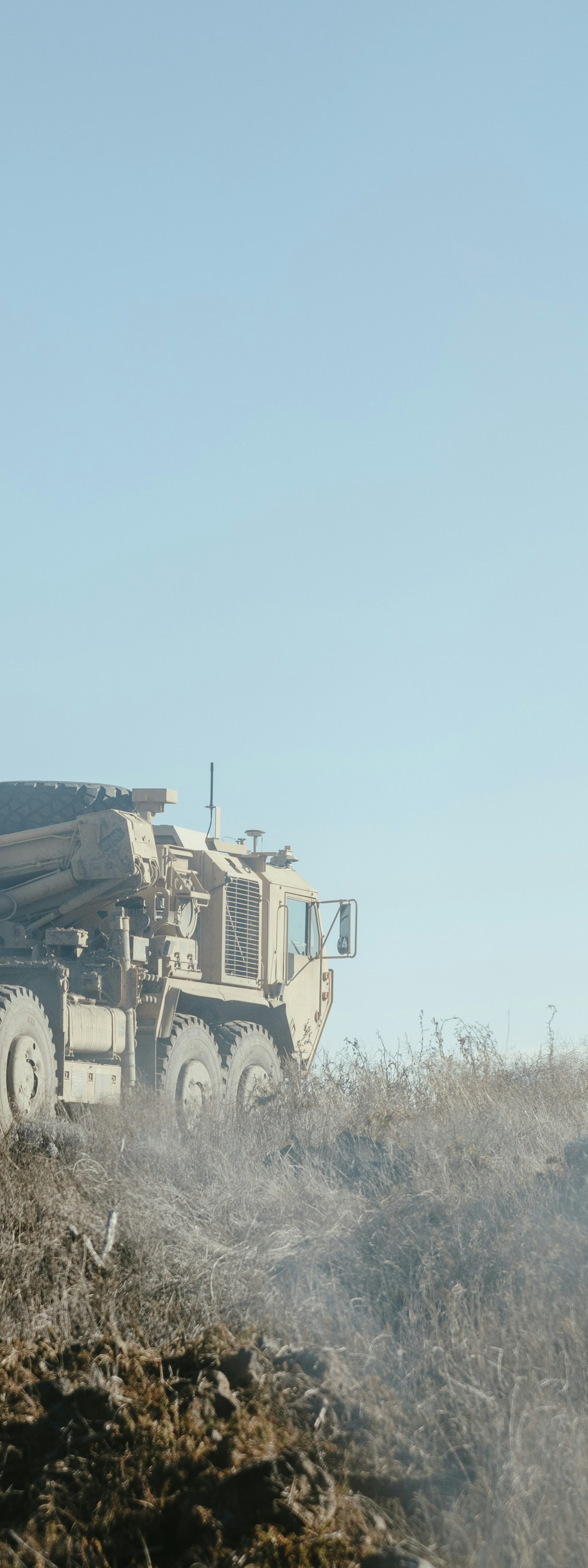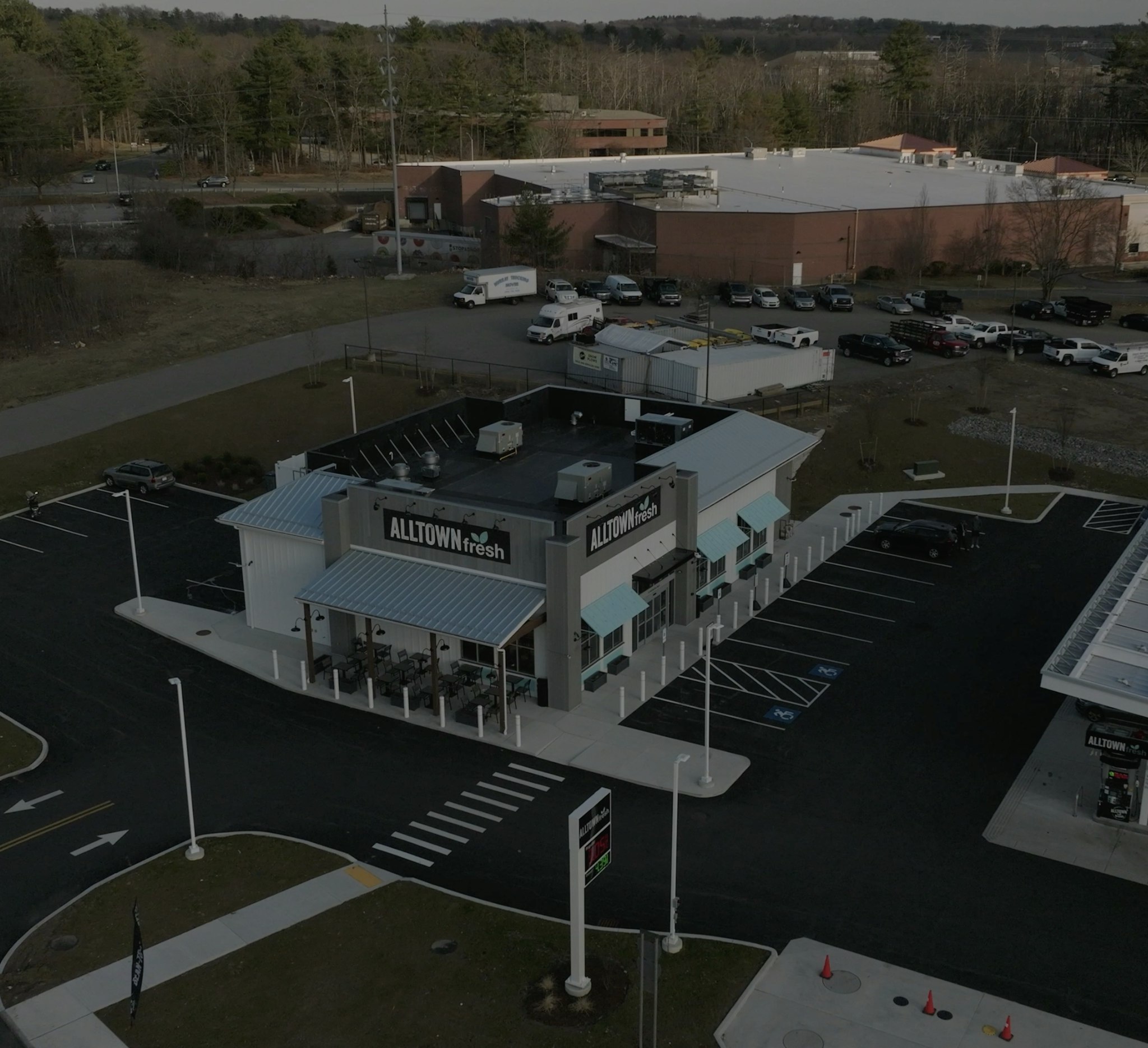Durability, reliability, and all weather performance.
Founded in 2014 in Lausanne Switzerland with the recognition that confined space inspection was an industry demanding a more efficient offering, Flyability now enjoys global deployments with customers such as Shell, Exxon, Dow, Pfizer, TVA, and the US Department of Energy. Taking the approach of creating an inspection tool that is collision and crash resistant, rather than avoidant, was one of the driving factors in Flyability decision to incorporate Ouster’s OS0 into their latest inspection drone, the Elios 3. In doing so, Flyability has expanded the potential of their use cases and is more prepared to engage with environments that demand both the high precision and accuracy of lidar as well as the durability and dependability that Ouster provides.
The Challenge
Flyability’s market includes industrial, energy, material handling and storage companies as well as governmental infrastructure departments. It is used in inspections of cargo ships, bridges, ports, and steel mills (amongst many other environments). From cement factories, liquid gas tanks, and nuclear facilities, to city wide underground sewage systems, these industries and applications all share steep regulatory and safety requirements for their facilities that not only protect their business investments, but ensure the safety of their employees and the public which they serve.
Previously, inspections were completed almost entirely manually. This was an extremely time consuming process that was not only costly and prone to error, but also frequently required an inspector to engage with dangerous scenarios such as high scaffolding or unsafe mines. In certain instances, such as the decommissioned nuclear plant V in Chernobyl (seen here) manual inspection would have been completely impossible.

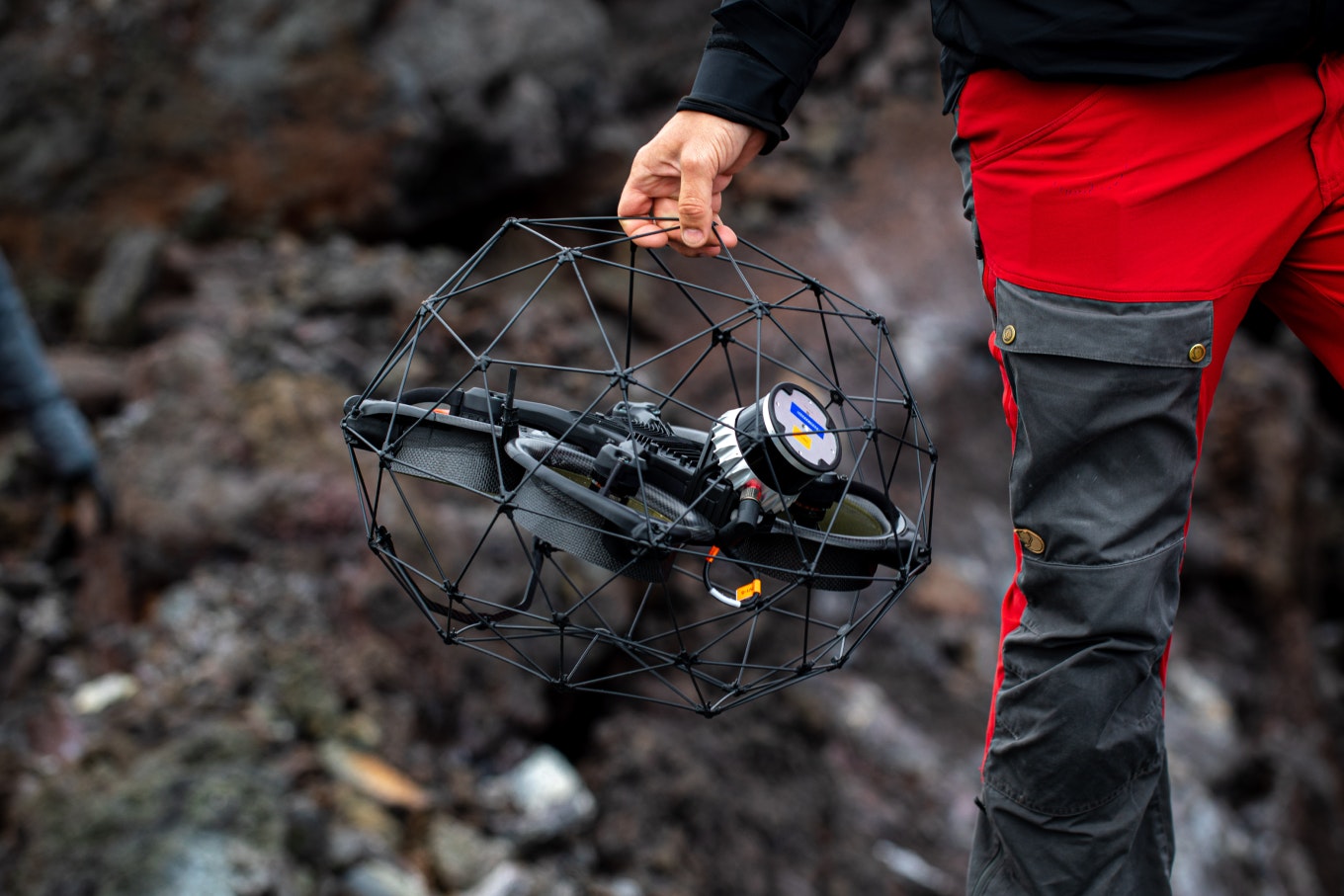
Leaders in a market expected to reach $2 billion by 2027, Flyability is bringing access to inaccessible and difficult to reach locations while increasing the speed, safety, cost effectiveness, and efficiency of industrial and confined space inspections.
The Solution
Providing inspectors with tools such as drones that allow them to increase the efficiency of their inspection without being subject to the danger they previously faced is certainly an attractive proposition within the industry and one that Flyability is taking a unique approach to tackling. The largest barrier to its success, however, is crashes. From the beginning Flyabilty took a unique approach to this challenge and seeked out methods and solutions that would make their drones collision tolerant, rather than attempting the sisyphean task of planning for every potential crash or collision scenario. This is one of the primary reasons Flyability chose to use Ouster.
Flyability uses lidar for a multitude of purposes within their application. As inspection flights frequently will not have a direct line of sight and occur in GPS denied environments, one primary function of the OS0 is to provide incredibly accurate and reliable localization and mapping capabilities, so that the drone can find its way out of whatever area it is inspecting. Moreover, the 3D models that companies and inspectors require demand centimeter precision accuracy that only lidar can provide.
Ouster was able to provide Flyability with industry leading specs in all of their required areas while meeting their demand for durability and ruggedness that allows their drone to be deployed confidently in extreme environments with collision tolerance.
As an example of these extremes, Ouster joined Flyability along with a team of climate scientists and cave explorers in Iceland. On the Fagradalsfjall volcano and Vatnajökull glacier, the Elios 3, equipped with Ouster’s OS0, flew into newly formed lava tubes where temperatures could easily exceed 180 degrees celsius and occasionally even top 300 as well as in expanding glacial caves exposed the freezing cold and with constant exposure to moisture and dripwater. While these kinds of extremes aren’t what Flyability encounters in its daily tasks, pushing the limits of what the Ouster and Flyability systems can handle is a great way to ensure their success in their more practical, everyday, applications. Check out Vice News’ documentary about the project.

Ouster was at the top of our list because of the reputation, because of the quality of the data, and because every single year they're pushing out new updates that our clients will directly benefit from.
I’m so confident that this partnership between Flyability and Ouster will ultimately benefit the customers and help them realize even greater gains in terms of safety, reduced downtimes, and increased efficiency in their inspections.
Results
The implementation of Flyability’s solution has solved not only these issues of accessibility and safety, but has also helped companies realize unbelievable cost and time savings. The TVA (The Tennessee Valley Authority), the largest public power provider in the United States since 1933, was able to cut 470 hours (out of a total of 480) off of the necessary inspection of just one single facility, resulting in a 98% reduction of time needed to complete such tasks; In a single test, Pampa Energía, the largest independent energy company in Argentina, was able to realize cost savings of $420,000; And Maritime Inspection Services helped an oil tanker management firm realize a cost savings of $2 million by reducing the time of inspection from eight days to one.
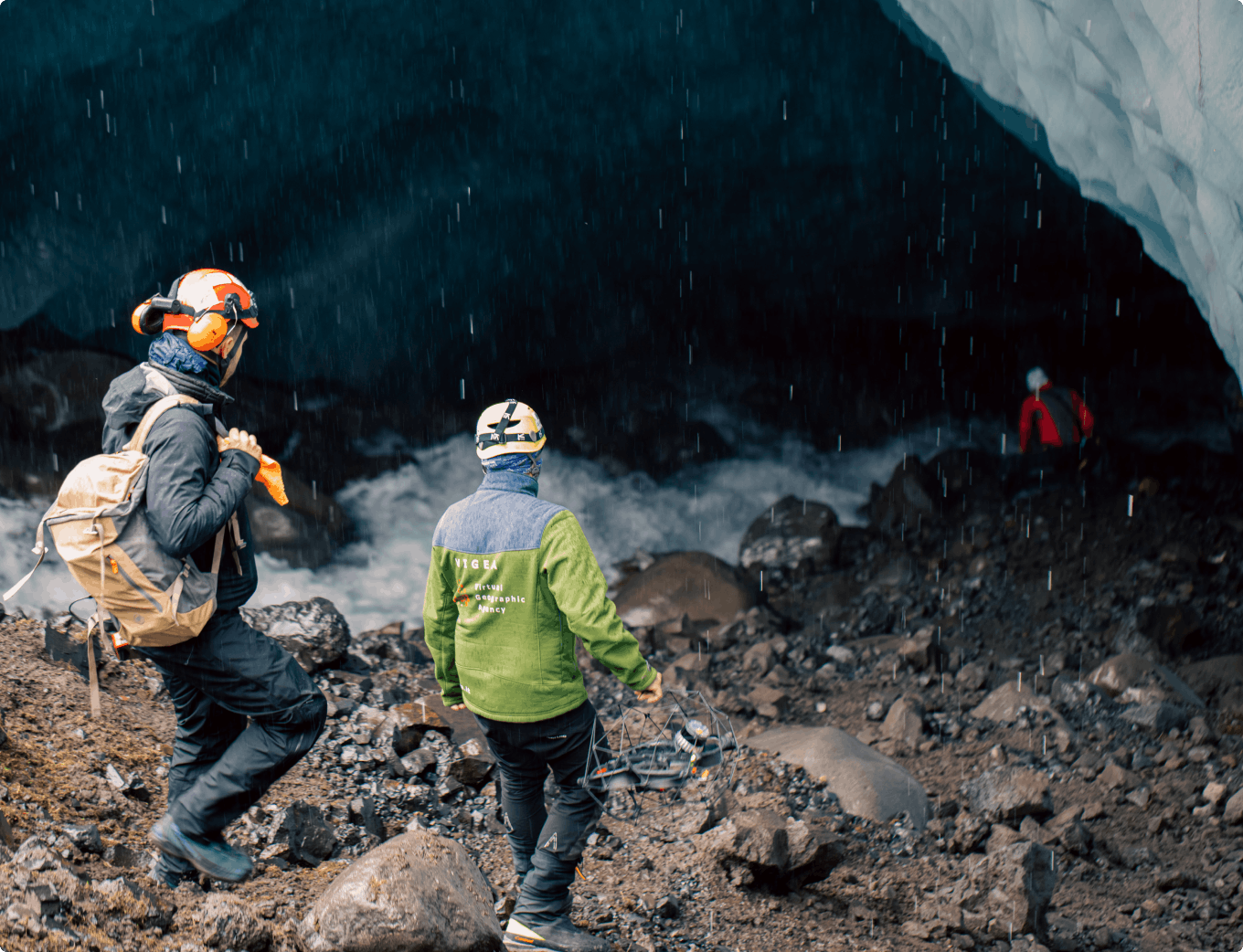

Product Used
Now able to map and calculate volume in previously unthinkable environments, explorations such as the one that Ouster and Flyability took with La Venta can help provide a more comprehensive understanding of climate change. “If we can show what is there, maybe people will understand that there is a problem and maybe people will take action to preserve a glacier, to do something about the climate, or to support more science and ask the big questions about why we are here and why we have life.
Thanks to the Ouster OS0, Flyability is able to provide survey-grade 3D models with accuracy to +/- 2cm, even in dark, dusty, and reflective environments.
